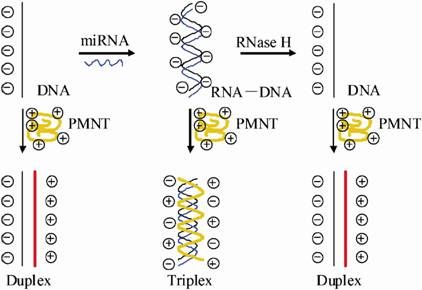Caffeine experts at Johns Hopkins call for warning labels for energy drinks
Caffeine experts at Johns Hopkins call for warning labels for energy drinks
Advertisement
Johns Hopkins scientists who have spent decades researching the effects of caffeine report that a slew of caffeinated energy drinks now on the market should carry prominent labels that note caffeine doses and warn of potential health risks for consumers.
"The caffeine content of energy drinks varies over a 10-fold range, with some containing the equivalent of 14 cans of Coca-Cola, yet the caffeine amounts are often unlabeled and few include warnings about the potential health risks of caffeine intoxication," says Roland Griffiths, Ph.D., one of the authors of the article that appears in the journal Drug and Alcohol Dependence this month. "It's like drinking a serving of an alcoholic beverage and not knowing if its beer or scotch."
Caffeine intoxication, a recognized clinical syndrome included in the Diagnostic and Statistical Manual of Mental Disorders and the World Health Organization's International Classification of Diseases, is marked by nervousness, anxiety, restlessness, insomnia, gastrointestinal upset, tremors, rapid heartbeats (tachycardia), psychomotor agitation (restlessness and pacing) and in rare cases, death.
Reports to U.S. poison control centers of caffeine abuse showed bad reactions to the energy drinks. In a 2007 survey of 496 college students, 51 percent reported consuming at least one energy drink during the last month. Of these energy drink users, 29 percent reported "weekly jolt and crash episodes," and 19 percent reported heart palpitations from drinking energy drinks. This same survey revealed that 27 percent of the students surveyed said they mixed energy drinks and alcohol at least once in the past month. "Alcohol adds another level of danger," says Griffiths, "because caffeine in high doses can give users a false sense of alertness that provides incentive to drive a car or in other ways put themselves in danger."
A regular 12-ounce cola drink has about 35 milligrams of caffeine, and a 6-ounce cup of brewed coffee has 80 to 150 milligrams of caffeine. Because many energy drinks are marketed as "dietary supplements," the limit that the Food and Drug Administration requires on the caffeine content of soft drinks (71 milligrams per 12-ounce can) does not apply. The caffeine content of energy drinks varies from 50 to more than 500 milligrams.
Griffiths notes that most of the drinks advertise their products as performance enhancers and stimulants – a marketing strategy that may put young people at risk for abusing even stronger stimulants such as the prescription drugs amphetamine and methylphenidate (Ritalin). A 2008 study of 1,253 college students found that energy drink consumption significantly predicted subsequent non-medical prescription stimulant use, raising the concern that energy drinks might serve as "gateway" products to more serious drugs of abuse. Potentially feeding that "transition" market, Griffiths says, are other energy drinks with alluring names such as the powdered energy drink additive "Blow" (which is sold in "vials" and resembles cocaine powder) and the "Cocaine" energy drink. Both of these products use the language of the illegal drug trade.
























































